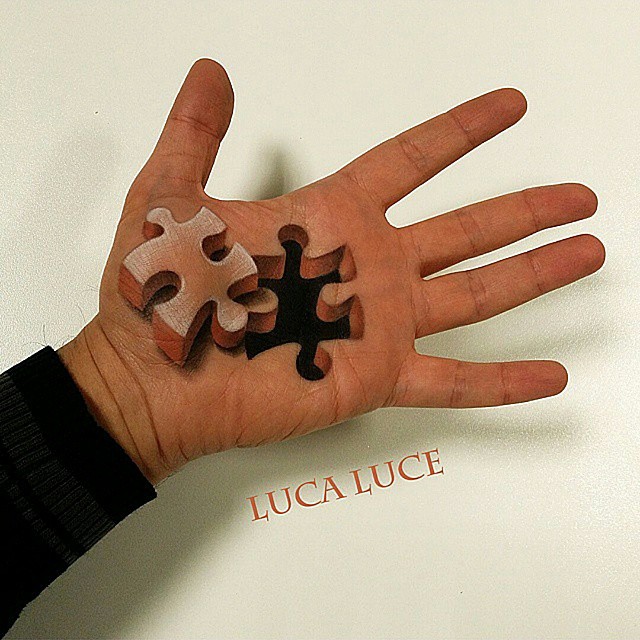
Typically employing abstract patterns and a high contrast between the foreground and background, the produced works caused great confusion to the eye. The Beginnings and History of the Optical Illusion ArtĪrtists who were interested in investigating various perceptual effects promoted the Op art movement. Left: Victor Vasarely - Black and White Artwork / Right: Victor Vasarely - Zebra Images via Numerous contemporary artists today have dedicated their creativity to the creation of the most intricate design patterns, street art and illusionistic paintings and drawings that play with our concept of space, time, and reality.

What was once a humble beginning, and possibly one of the more questioned and criticized art movements of our time, is today seen as branching off into many different directions and possibilities of optical illusion art.

Investigating movement, both virtual (Op Art) and the possibility of real motion (Kinetic Art), the artists produced works whose importance still lingers. Focusing on the investigation into the science of observing, and aided with the blossoming of new technology and psychology, Op art and Kinetic art emerged into the art scene. The beginning of the optical illusion art for most is traced back to the 1950s when a number of artists concentrated their practice on the creation of images that would puzzle the public’s perception and create optical illusions. Different effects used to trick the eye, and the famous illusion art, that saw its beginning in Op art and Kinetic art, aim to confuse the public’s eye and play with our perception of the world around us. How did the artists' play with optical illusion art begin at all? Artists have been intrigued by the nature of perception and the behavior of the eye for many centuries.


 0 kommentar(er)
0 kommentar(er)
